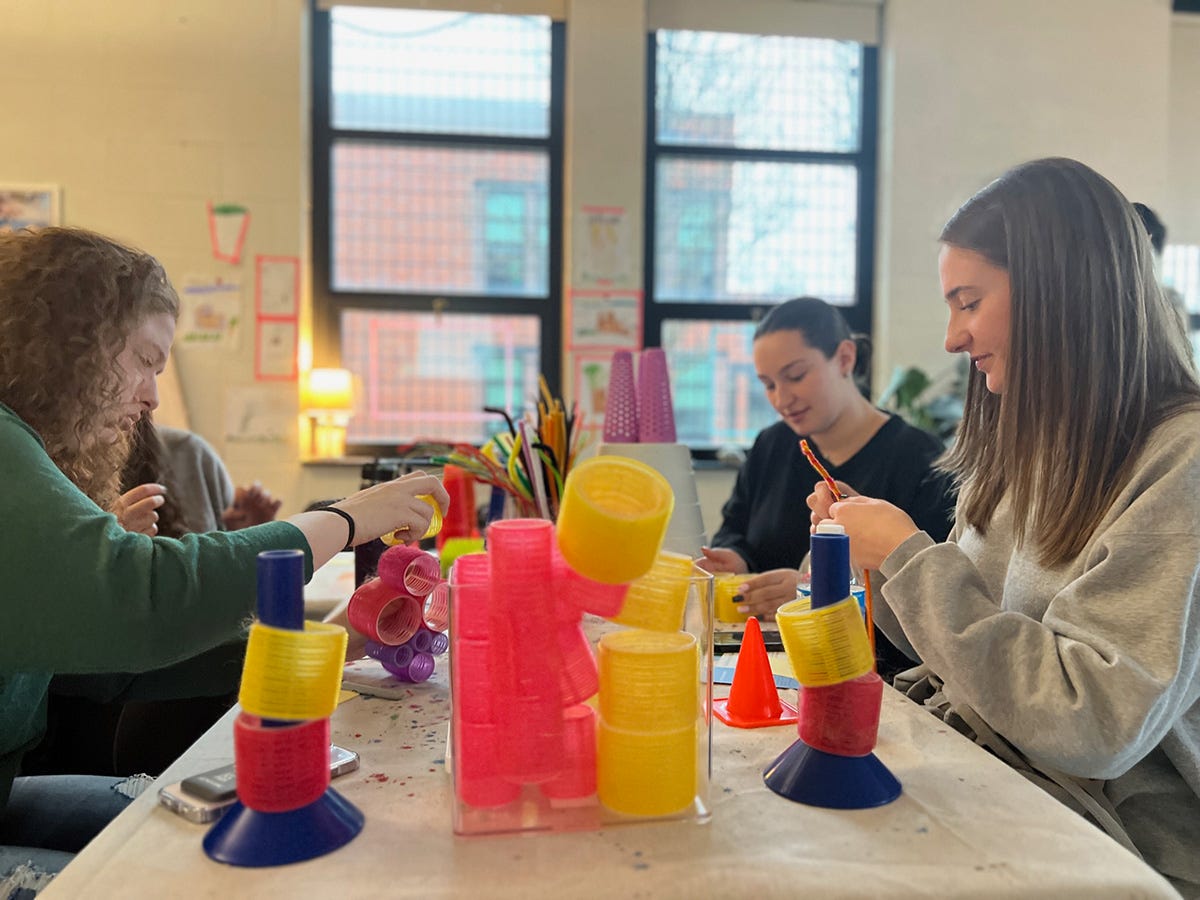Does everyone define play the same way?
The six play styles of children and how to plan for all possibilities.
Is the definition of play the same for everyone? Before we answer that… answer this first: How did you play as a child? What did it feel like?
This is a question we often ask teachers and caregivers when they begin working with us. It’s an invitation to remember not just the activities, but the feeling of play, the sensorial qualities (what it sounded like, looked like, even smelled or tasted like!), and the environment that surrounded your play. Was it fast and frenzied? Quiet and focused? Was it structured and goal-oriented, or full of wandering and wonder? Did you stick with the same activity again and again over long periods of time, or did you shift gears frequently?
The way we played as children shapes what we expect to see when we offer play opportunities to kids and what we might unintentionally miss.
When adults set up a play-based experience, especially for older children (ages 7+), our own play preferences can quietly color our judgments. We might label some kids as “not into it” when really, their style just doesn’t match our expectations. Maybe you were a builder, a choreographer, a doodler, or a strategist. Maybe you loved diving into fantasy worlds or making meticulous miniatures. Maybe you liked being in charge, or maybe you needed to disappear into your own rhythm.

Now think about what happens when a play invitation or environment doesn’t match that style. A child might seem bored or disengaged, but really they’re just trying to find a foothold in a world that doesn’t yet feel like it’s for them. It can be intimidating for any of us to try something new or step out of our comfort zones. And it can help us, in our attempts to pry our kids away from the screen at home or to make learning more playful (more on that another time) in the classroom, that not one play activity is going to be everyone’s cup of tea. So, how do we invite play that lasts, play that brings flow?
This week, we’re sharing one of our favorite strategies that works for everyone, from toddler to tween and beyond.
Keep reading with a 7-day free trial
Subscribe to Art is Play to keep reading this post and get 7 days of free access to the full post archives.



